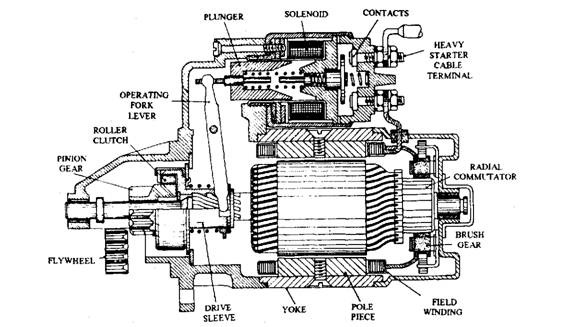ray_hennig
MB Enthusiast
Hello All,
This is a request for any ideas on what might be the cause of the THIRD (yes, 3rd) EZL failure in 12 months.
My son and I will start some electrical diagnosis this morning but I would much appreciate any input from the clever chaps out there.
Relevant information includes:
My thanks in advance.
RayH
This is a request for any ideas on what might be the cause of the THIRD (yes, 3rd) EZL failure in 12 months.
My son and I will start some electrical diagnosis this morning but I would much appreciate any input from the clever chaps out there.
Relevant information includes:
- Different coil, cap, rotor arm and leads in all cases – first leads old Beru, then new NGK then new Beru. Plugs always non-resistor and correct.
So I must assume that it is not a fault part downstream of the EZL. - CPS still measures around 800 ohms as it always has.
I have maintained the HT system in this car from 1997 to 2019 without incident.
I know all the basic rules, obviously including thermal paste, clean contacts, etc., etc.
- OVP relay different during 2 out of 3 failures.
- Alternator regulator changed after the second failure.
- Before each of these 3 failures, the car was performing like new.
Perfect starts – as always – I have never suffered from the damp HT problems, even in wettest winter. - Until July 2019, the HT (and EZL) in this car has been 100% reliable due to fastidious maintenance by me.
- I have had this car for 22 years so I know it pretty well.
- Read fault codes in search of relevant codes – NONE last time I tested, 2 weeks ago.
- Check continuity of all earth (ground) connections at and near the EZL.
- Check EZL to coil leads.
- Then what???
THIS IS WHERE I NEED YOUR EXPERT INPUTS PLEASE.
My thanks in advance.
RayH


